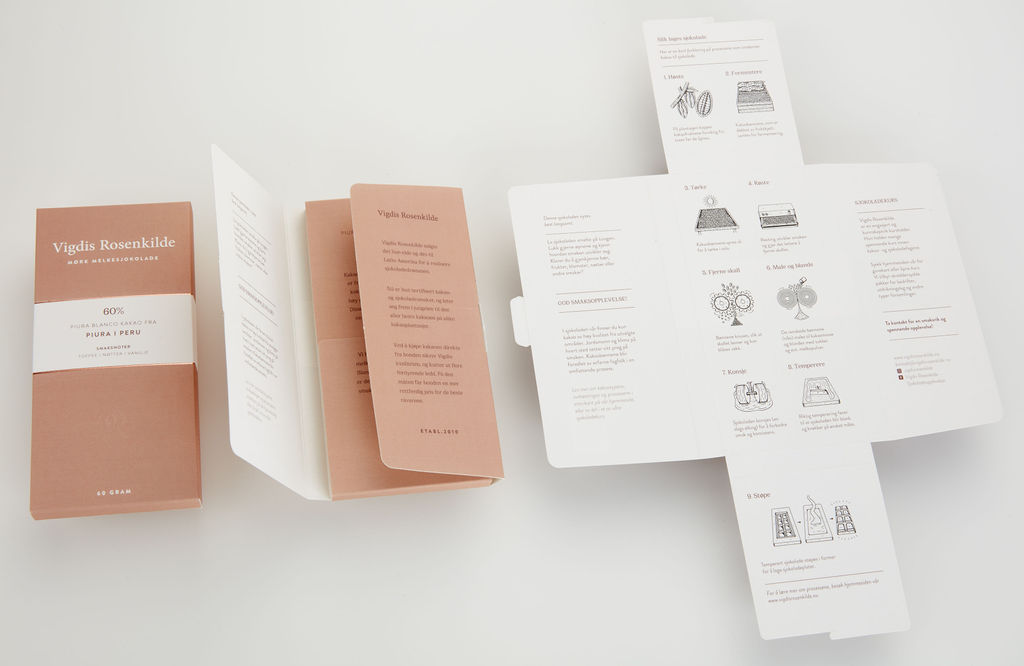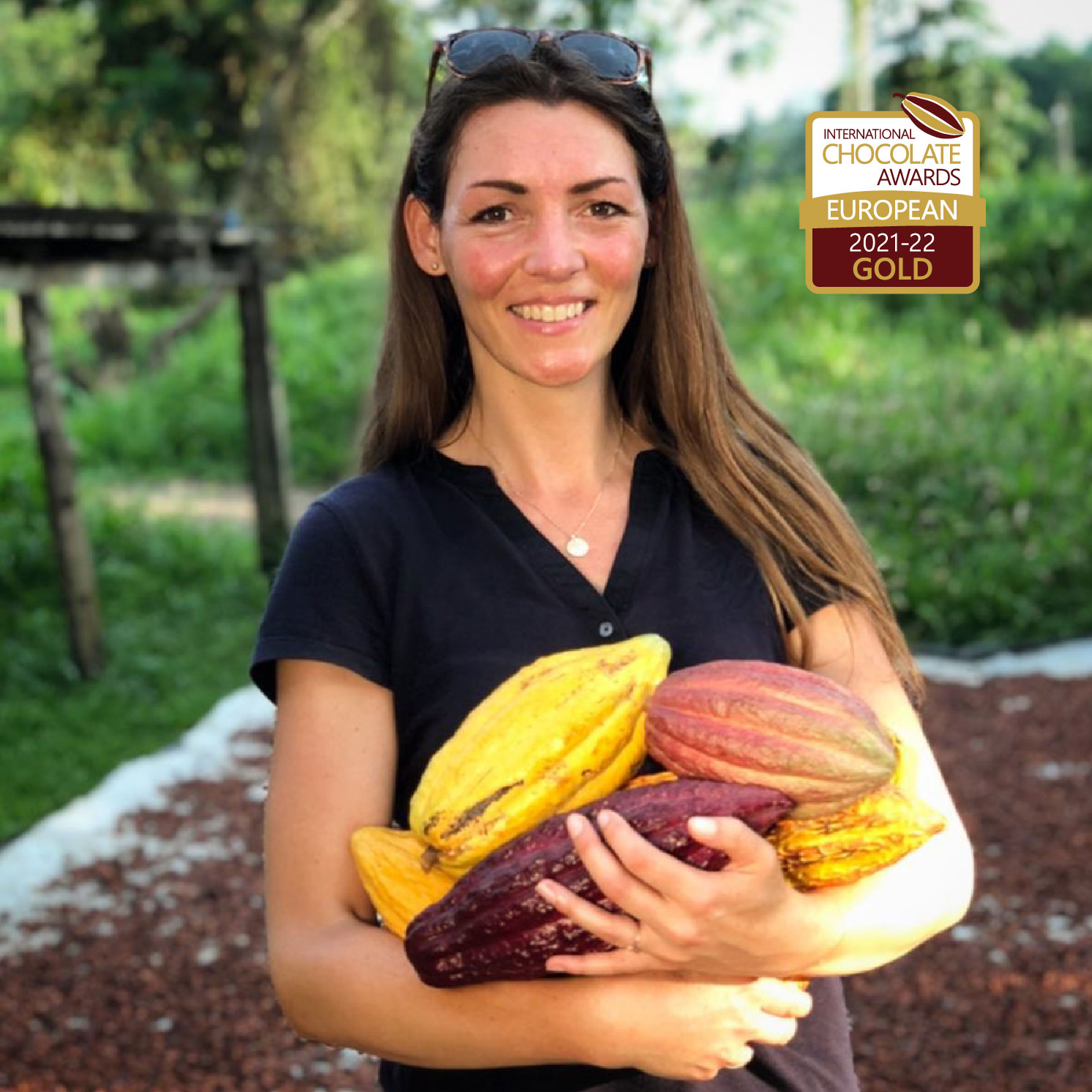
I want to inspire other people to be curious and learn more about cacao and chocolate, and to contribute to ethical production.
Vigdis Rosenkilde
We asked Vigdis about her mission and future plans after her 70% Dark chocolate ‘Kiteni’ became ‘Best in competition’ overall winner among dark chocolates at our 2023 World Final Competition.
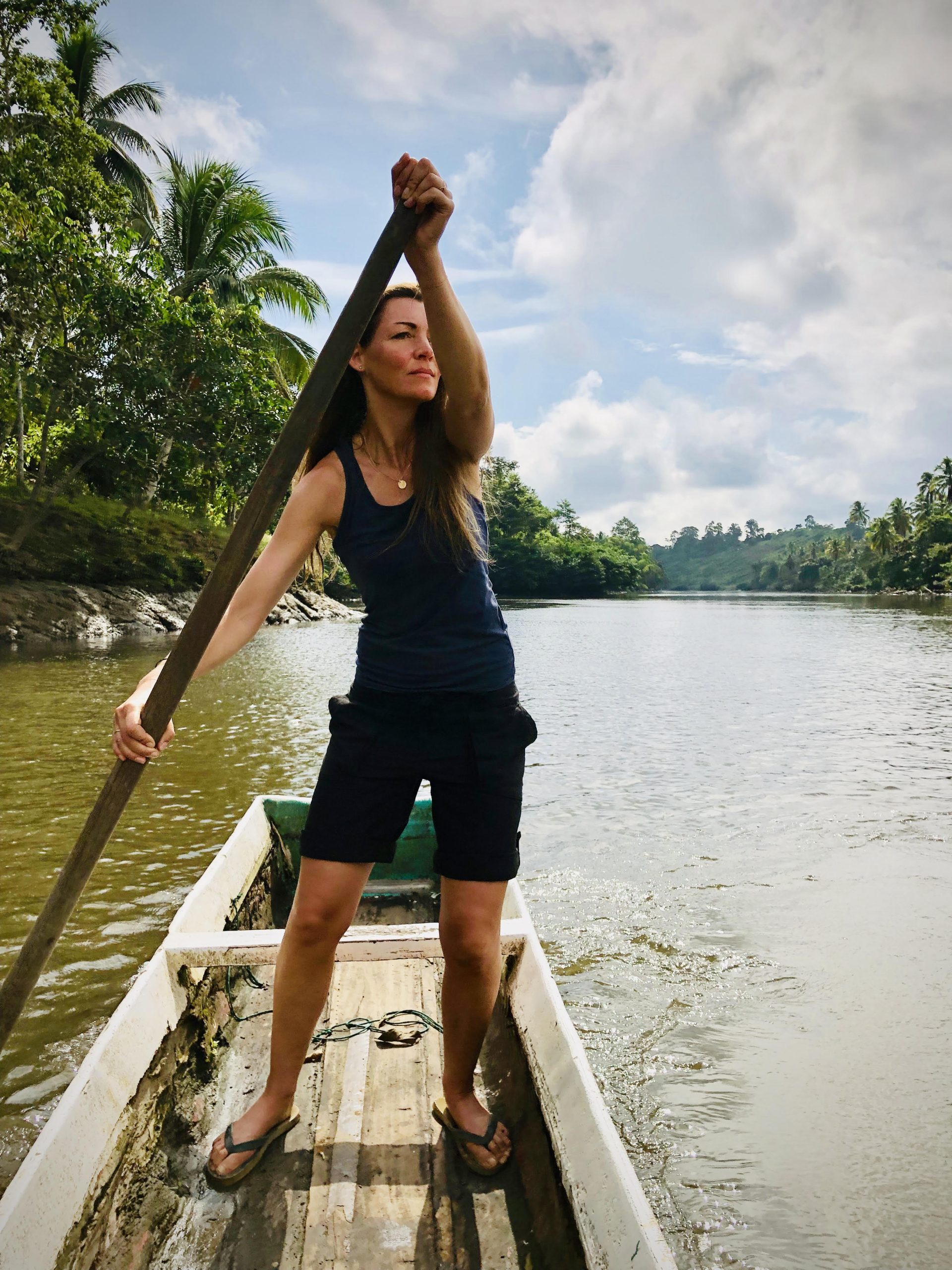
International Chocolate Awards: Tell us about your work with chocolate and cacao.
VR: I am the founder and CEO of my chocolate brand, Vigdis Rosenkilde. My chocolate is made in Peru where I spend around 3 mouths a year. I am involved in all the processes that affect the flavor of my chocolate. From cacao plantations to the chocolate factory.
I also hold many chocolate classes. Mostly tastings. I believe it is important to teach consumers about cacao and chocolate. It is an exciting topic to teach, as most people love chocolate, but don’t know how it’s made. It is such an eye opener for most people to learn about the whole process from bean to bar. And about the unethical part of the industry.
Awards: When did you start working with chocolate?
VR: I have been working with chocolate for twelve years. I wanted to create my own dream job which should contain amazing ingredients and production, I wanted to learn something new and I wanted to travel and have adventures in the Amazon jungle. I feel the most grounded and present when I am outside in nature, and have felt an attraction towards the jungle ever since I was a little girl. Twelve years ago I read an article about chocolate and cacao, by chance. There were two things in this article I found especially interesting. Firstly: how chocolate is made. I ate a lot of chocolate and have a great interest about ingredients and how food is made, but I had never thought about how chocolate was made. And I thought that this is probably the case for most chocolate consumers. I thought that it could be an exciting topic to learn, and teach. Secondly: I read that there are a lot of cacao varieties, which taste different from one another. And that in the Amazon jungle there is native cacao tasting like flowers. Oh, my gosh! Could I explore the jungle to find cacao that tastes like flowers!? And yes, that is part of my job now. I feel pretty excited about that 🙂
But back to the beginning, twelve years ago. I had little knowledge and no network within the cacao and chocolate business, especially not regarding cacao. It was a lot easier to learn how to make confectionary than chocolate at that time. I attended classes across Europe to learn and get inspiration. It was a lot of fun. Back home I went out to pick all kinds of Norwegian ingredients to make treats with couverture chocolate. Blueberries, juniper, sea buckthorn, spruce shoots, blue cheese, gingerbread and dried reindeer meat, were just some of the ingredients! Theses creations were sold to restaurants, speciality shops and private clients. I even won an entrepreneur prize in Norway for my potential and inspiration (Gründerprisen til Det Norske Måltid). But I didn’t manage to make money. I believe that one of the reasons for that was my unfulfilled drive for cacao-explorations.
So, after five years working with confectionary and couverture chocolate I rethought. Confectionary was not my path! I was going to learn about and work with cacao. I was going to the jungle!
Awards: So when you had this revelation, what did you do then?
VR: By that time I knew some people in the cacao business. And I got the chance to visit one of Amma Chocolate’s cacao plantations in Brazil. It was a charming little farm in the most beautiful surroundings. A sandy riverbank, with no other farms to be seen. We had bonfires in the evening. I had morning swims in the river at sunrise, while watching the mist among the trees turn golden. The sounds of the jungle, the smell, the colors and the energy all awakened my senses and I felt connected, present and thrillingly happy. I stayed with the lovely farming family for three days. It was harvest season for cacao and I was eager to help with all the tasks. To get out of there we rode horses, and crossed the river in a canoe. And I thought, this is exactly what I would like to experience more of. I would like to make this part of my life.
This experience helped me to make up my mind. But I needed money to be able to travel, to learn and build up a new business. So I sold my apartment in Norway, and went to Latin America. Since that first time in Brazil, I have spent about a year and a half in Latin America and visited more than 50 cacao plantations in Peru, Honduras, Ecuador and Nicaragua. But mainly Peru, because that is where I felt the most connected, got the best opportunities and found the best cacao, in my opinion. To work the way I do, I rely on good partners. I have spent quite some time finding them. One of my partners is Cacaosuyo, who makes my chocolate, with my recipes and cacao I source myself. Peru also has amazing food, stunning nature and welcoming people. I feel blessed to have many good friends there now. You should all go and experience this lovely country!
Awards: Where are your chocolates sold now?
VR: They are sold in 150 shops in Norway, and some in Denmark, Spain and Japan. I also deliver to the Norwegian Palace. Until now I have been focused on the Norwegian market, all the text on my packaging is in Norwegian. But I will probably work to expand next year and make some packaging in English.
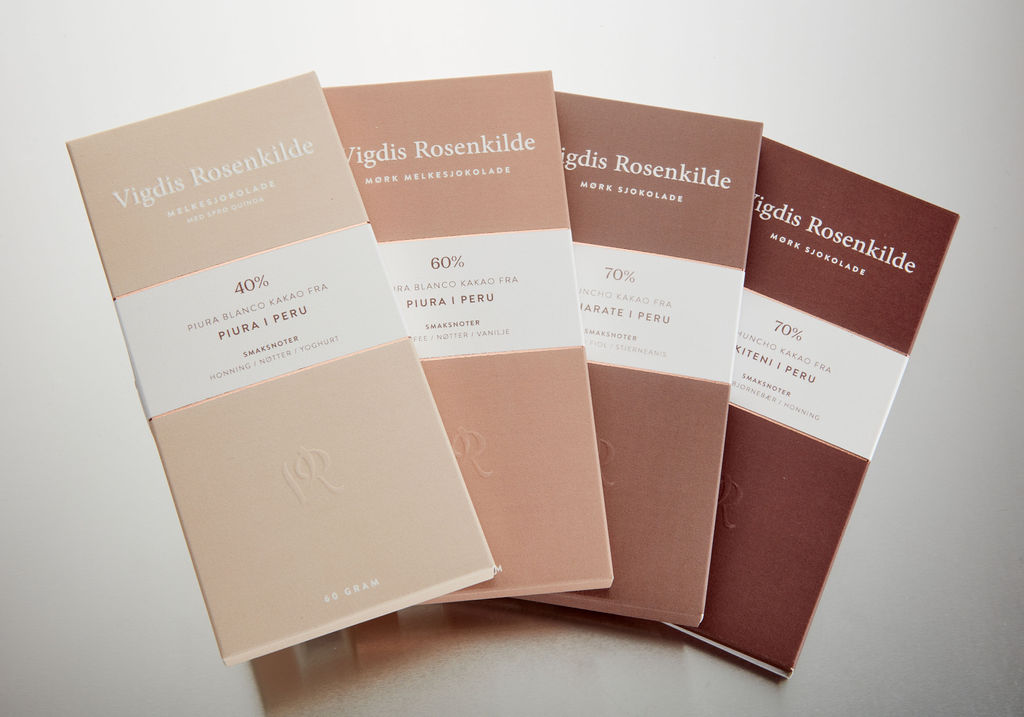
Awards: How many different bars do you make? Do you make any flavoured things?
VR: When the chocolate we made in Peru a few weeks ago arrives in Norway, I will have nine different bars. My purpose is to make chocolate with as few ingredients as possible to highlight the flavour in fantastic cacao. But I also like milk chocolate and want to have some in my range, so there is one bar with 40% cacao and roasted quinoa, and one dark milk chocolate with 60% cacao. The rest is plain dark chocolate with a lot of exciting flavor notes which simply comes from amazing cacao and how it’s treated, both at the plantations and in the chocolate factory.
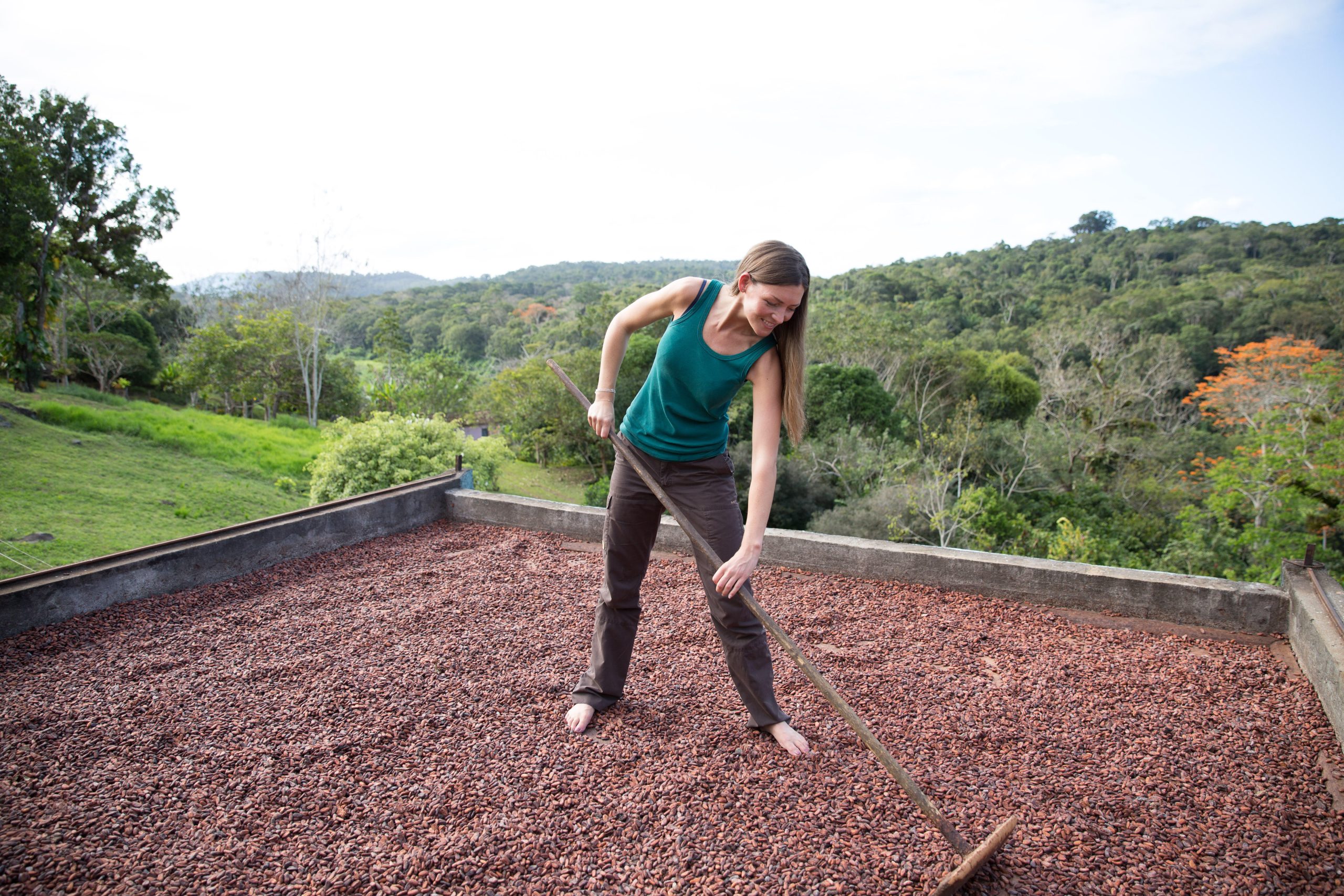
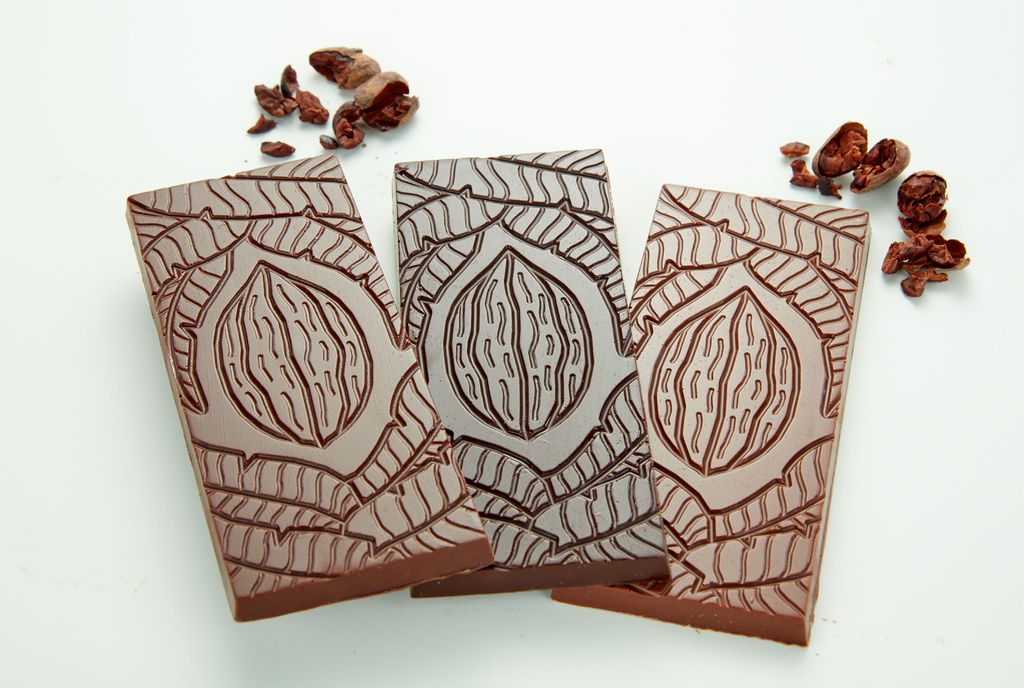
Awards: Which courses have you taken at the International Institute of Chocolate and Cacao Tasting, and what are your plans for this work?
VR: I’ve done Level 1, 2 and 3. I was in the first group doing Level 3 in Peru. The network of people working with cacao in Norway is small. There are a lot of chocolatiers, working with couverture, but not many who have experience with cacao beans. Once I found out about the courses I went as soon as I could to meet likeminded people and to learn. I definitely learned a lot during the classes, and the experience at IICCT inspired me to follow my dream.
I want to inspire other people to be curious and learn more about cacao and chocolate, and to contribute to ethical production.
Awards: Are you reaching a wider audience because of digital?
VR: Absolutely, and there is room for more people per class when classes are held digitally. Covid was challenging for me, as it was for a lot of others. During covid-lockdown I held many digital classes for companies wanting an online social activity. Now I am very happy to hold physical classes again, but I am also happy that digital experiences are a common now, which opens up a new market. Digital work gives me freedom. I picture myself holding live digital chocolate tastings from cacao-plantations. I believe that would be a great bonus for the participants.
Awards: Were you traveling to teach before Covid?
VR: I have only held classes in Norway, but I am open to holding chocolate tastings outside of Norway. I focus on the Norwegian market, because that is where I spend most of my time and have built up a market. But I have held several chocolate tastings in English, for Norwegian companies with English speaking employees. So I am ready to do it in English if a group abroad (minimum 20 people) would like the experience.
Awards: What has winning awards from The International Chocolate Awards meant to you?
VR: There is no doubt that winning awards from The International Chocolate Awards means a lot to me. Both to receive recognition for quality, and for the way I work. The awards contribute to more sales and more interest from the press, which again helps spreading the word about ethically produced craft chocolate to consumers. The awards also mean a lot to the people involved in the production of my chocolate. The farmers I purchase amazing cacao from and the talented employees at the chocolate factory. It feels wonderfully enriching to bring back award winning chocolate to origin and the people involved.
